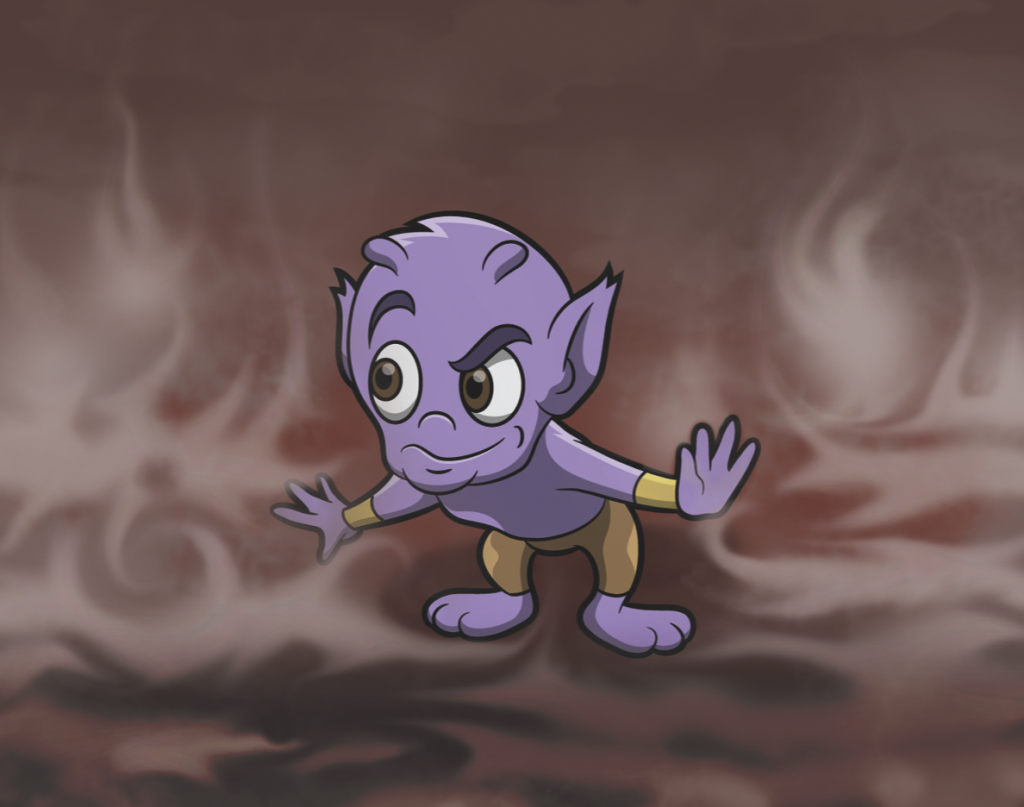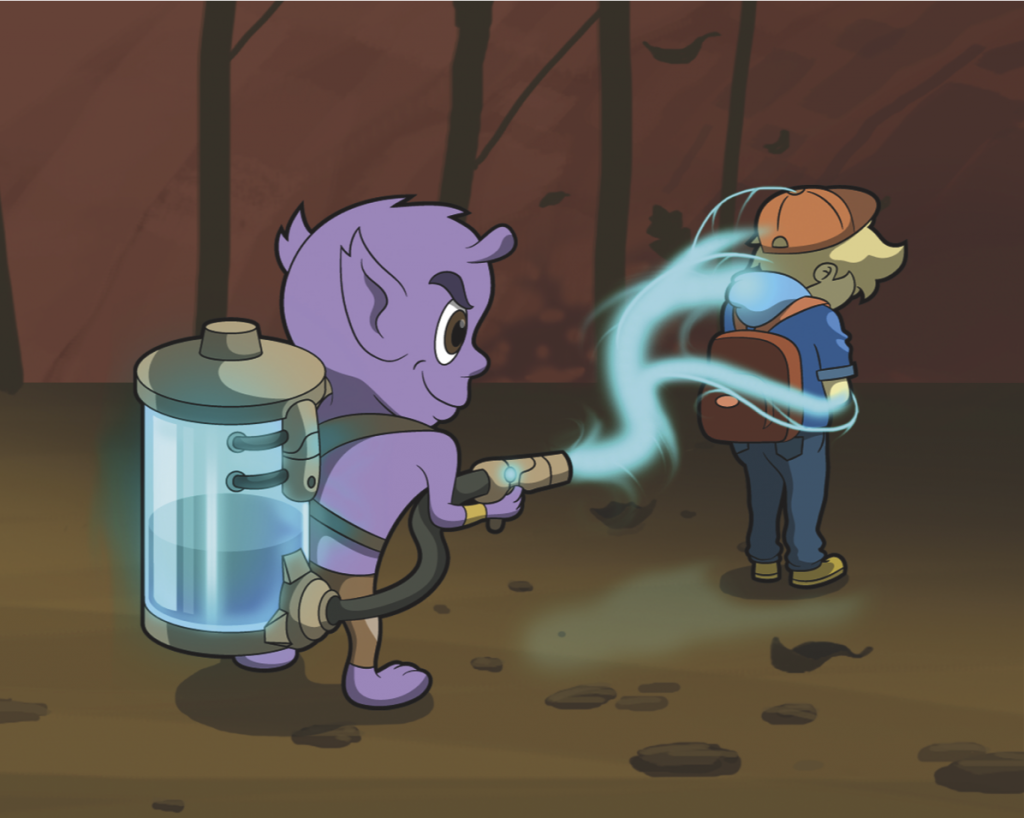Ethan refuses to get out of the car as he arrives at the hockey rink… Sophie arrives for her ballet recital, but refuses to go up on stage… What do these children have in common? Anxiety.
This generation is experiencing higher than ever rates of anxiety. We need to address it early to prevent it from increasing or turning into depression. By teaching our children proactive strategies, we can empower them to understand anxiety and have tools for overpowering it.
We all have a negative voice inside our heads. It’s important to name this worry voice and externalize it as something outside of our identity, over which we can have power. I call this worry voice, the Worry Imp. It plays tricks on our minds and bodies, telling us to be worried about things in the future which may or may not happen.
Anxiety and Sleep
Knowing how to shrink Worry Imp is not intuitive. We need to understand that normally we listen to our body’s signals BUT there is an important exception:
We rightly listen to our bodies when we yawn, we know we’re tired and need to sleep. If there’s a fire in the building, this is a true emergency and we need to trust our instincts and exit the building as quickly as possible. But there’s an important exception, and this occurs when we get false alarms in our minds and bodies!
For example, test anxiety causes us to freeze but this is not true danger; this is a false alarm and one of those times when we shouldn’t listen to our body and mind. It’s as though the Worry Imp is playing tricks on us and setting off a false alarm in our mind and body telling us to fight, flight or freeze unnecessarily.
Combatting Fight or Flight
The first proactive mind shift for ourselves and our children is this important question: “When I feel scared or worried, is this a true alarm, if so I do need to fight/flight/freeze, or is this a false alarm where I need to do the opposite of what my body and mind are telling me to do?”
The second essential mind shift is to realize the power of our thoughts. Everything begins with a thought. Therefore, we need to understand that our thoughts create our feelings and our feelings create our actions. Two people can experience the exact same situation but by having opposite thoughts, they have completely different feelings and actions.
For example, if you like dogs and a dog off leash, without an owner approaches you, you would have compassionate thoughts. You might wonder if the dog is lost, and then you would feel empathy and look for some contact information. On the other hand, if you were uncomfortable around dogs and experienced this exact same situation, you would probably think of the dog as aggressive, then you would feel afraid, and run away.
Fear-Based Thoughts
If you could transform your fear-based negative thoughts to positive helpful thoughts, you would be able to keep yourself calm. In both cases, it’s the same dog, but the thoughts are opposite which leads to completely different feelings and actions. If we see life through a fear-based lens, we will always be in survival mode. Our ancestors lived this way out of necessity, but we don’t need to live this way.
We all have anxiety which is important for keeping us alert for danger when true fear is upon us, but worrying all the time does not keep us safe. The idea that worrying keeps us safe is an illusion. It actually restricts us; it stops us from living our lives to the fullest. We need to be aware of our thoughts and recognize when they are getting us to worry about something in the future which hasn’t happened yet and may never happen.
The third important strategy is to realize that even when we’re experiencing big uncomfortable feelings, we don’t have to react to them. Research shows that an emotion only lasts for 90 seconds if we don’t feed it. A self-regulated response involves noticing the uncomfortable feelings inside of us and instead of reacting and going into fight, flight or freeze, we take deep breaths, observe our anxious thoughts and feelings, slowly noticing them dissipate and fade away.
It’s as though our emotions are a big wave that peaks and passes. If we get caught up in our emotions, we get tossed around, we react and perhaps say things that we later regret. If we stay in the present, focus on taking deep breaths and just notice our thoughts and uncomfortable feelings, we can surf the wave of emotion. These powerful mind shifts are key to helping our children be in control of anxiety versus anxiety feeding off them and getting stronger.
Sharon Selby is a Registered Clinical Counsellor and author of Surfing the Worry Imp’s Wave ~ Empowering Children to Understand and Overpower Anxiety.




